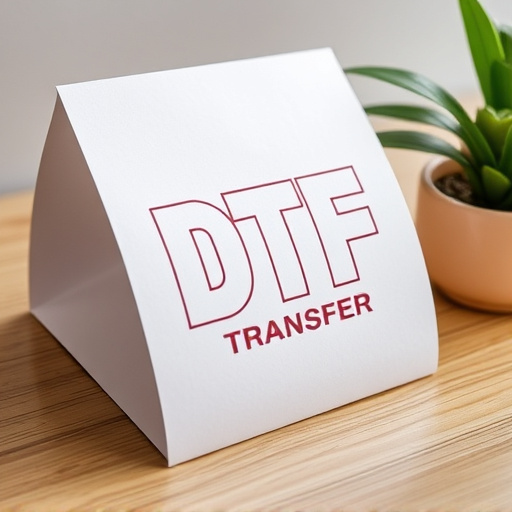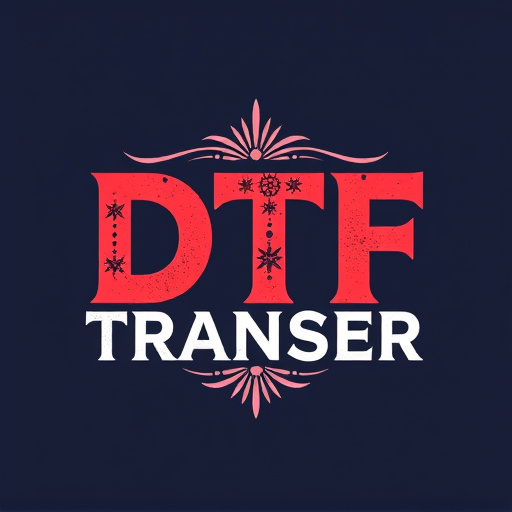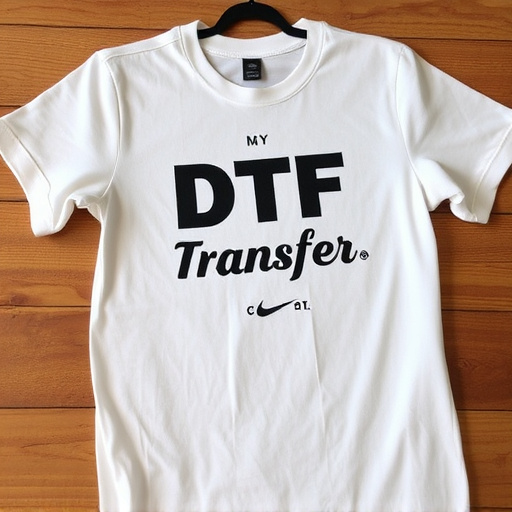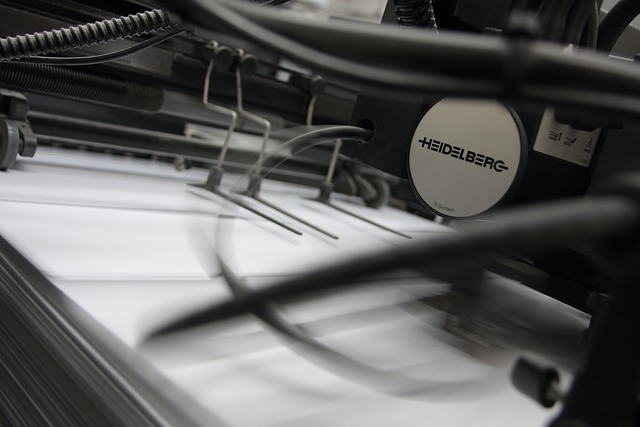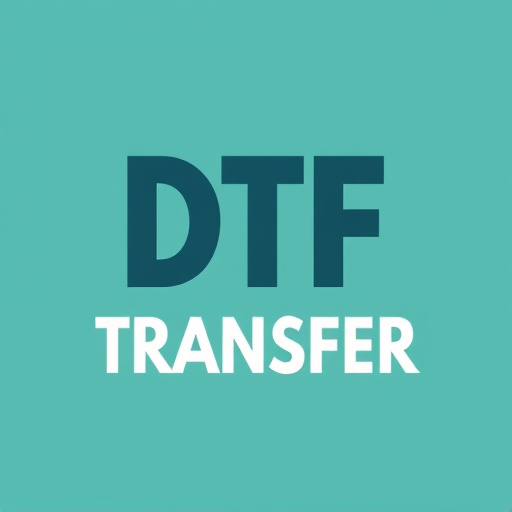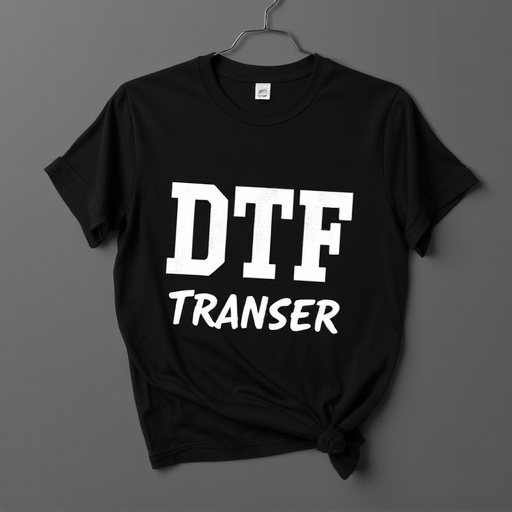The Direct-to-Film (DTF) transfer method converts vintage analog tapes and films into digital formats, preserving quality using specialized equipment that reads, decodes, and directly encodes content. Local DTF providers offer superior quality, environmental benefits, and convenience, handling diverse film types with care to produce vibrant digital copies. Selecting reliable services involves checking reviews, guarantees, and technology expertise. The process begins with guidance, conversion, quality control, packaging, and delivery. Costs vary based on factors like film size, complexity, location, and provider reputation. For long-term asset preservation, use secure storage devices and implement backup strategies with redundant copies in different formats and locations.
“In today’s digital age, preserving cherished memories on film is easier than ever with Direct-to-Film (DTF) transfer services. This innovative process offers a straightforward and effective way to convert your old films to digital formats, ensuring accessibility and longevity. Our article guides you through the benefits of local DTF providers, from enhanced picture quality to convenient service. We’ll show you how to identify top-rated local experts, navigate the transfer process, manage costs, and maintain your digital assets for future generations.”
- Understanding Direct-to-Film (DTF) Transfer: A Simple Guide
- Benefits of Using Local DTF Transfer Providers
- Identifying Reliable Local DTF Services in Your Area
- The Process: From Initial Contact to Final Delivery
- Cost Considerations for Local DTF Film Transfers
- Tips for Maintaining and Preserving Your Digital Assets After Transfer
Understanding Direct-to-Film (DTF) Transfer: A Simple Guide
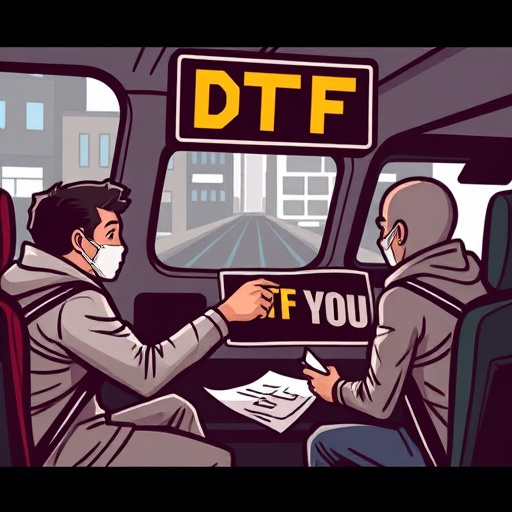
Direct-to-Film (DTF) transfer is a simple, modern method for converting old analog tapes and films into digital formats. It’s a process that allows customers to take their physical media, like VHS tapes or old 35mm films, and have them transformed into digital files without the need for intermediate steps. This direct conversion ensures that all the original quality and details are preserved, providing a clear and crisp digital copy.
The DTF Transfer process involves using specialized equipment to read the analog tape or film, decoding its content, and then encoding it directly into a digital format like MP4 or AVI. This method skips the complex steps of intermediate formatting, making it faster and more efficient. Customers benefit from high-quality outputs that are compatible with modern devices, allowing them to relive their old memories without any hassle.
Benefits of Using Local DTF Transfer Providers

Using local direct-to-film (DTF) transfer providers offers several advantages for customers looking to convert their old films to digital formats. Firstly, it ensures a higher level of quality and preservation. Local professionals have the expertise and equipment to handle various types of film, from vintage home movies to professional productions, with care and precision. This results in clearer, more vibrant digital copies, preserving cherished memories and moments accurately.
Additionally, engaging local DTF services supports the community and promotes sustainability. By choosing nearby providers, customers contribute to the local economy and often find that these businesses offer eco-friendly practices, reducing environmental impact. Local DTF transfer services also provide convenience, as they can handle the entire process from start to finish, ensuring a seamless experience without the need for customers to transport physical media or wait for extended periods.
Identifying Reliable Local DTF Services in Your Area
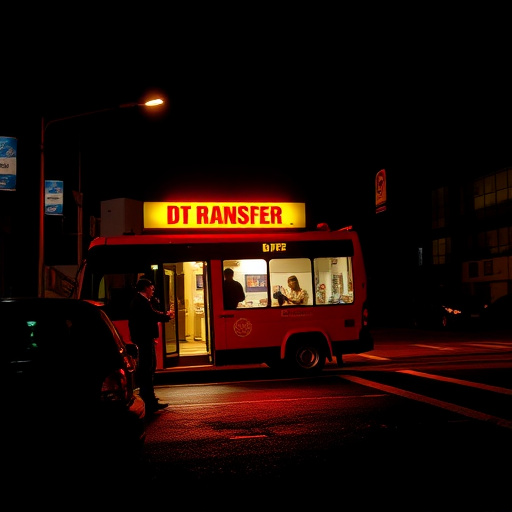
When searching for reliable local direct-to-film (DTF) transfer services, it’s essential to start by asking for recommendations from friends, family, or neighbors who have recently utilized such services. Local business directories and online review platforms can also be invaluable resources, providing insights into the quality of service, turnaround time, and customer satisfaction. Look for providers with consistent positive feedback and a proven track record.
Check if the DTF transfer services offer guarantees or warranties on their work, ensuring that you’re protected against any potential issues. Additionally, inquire about their processes and technology to understand how they handle film transfers, what formats they support, and whether they can meet your specific needs. Reputable local DTF providers will be transparent about their capabilities and willing to discuss your project in detail.
The Process: From Initial Contact to Final Delivery
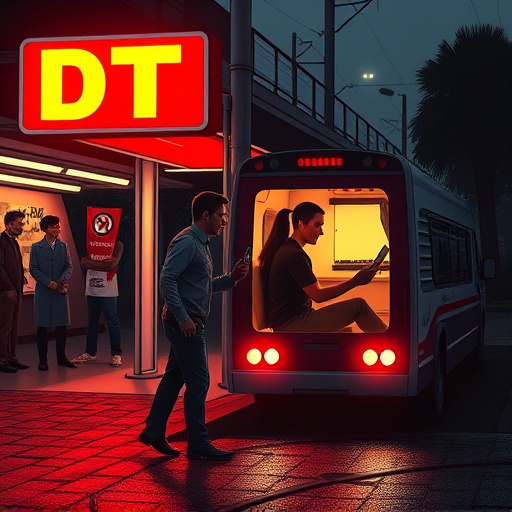
The journey of a direct-to-film (DTF) transfer begins with a simple initial contact between the customer and the local provider. Customers can reach out via phone, email, or online forms to inquire about DTF services, share their requirements, and receive personalized advice. The provider’s team will then guide them through the process, offering insights into file formats, resolution, and any necessary preparations for the transfer. This initial interaction sets the tone for a seamless experience.
Once the customer provides all essential information and approves the quote, the actual DTF transfer commences. Local providers utilize advanced equipment and expertise to ensure accurate and high-quality results. They handle the digital file conversion, optimizing it for the specific display or application purpose. Following the transfer, quality control checks are performed to guarantee perfection. Finally, the finished product is packaged and delivered to the customer, offering a convenient and reliable service from start to finish.
Cost Considerations for Local DTF Film Transfers
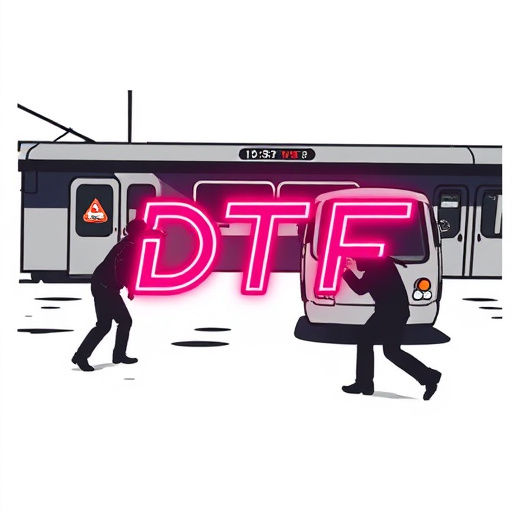
When considering a local direct-to-film (DTF) transfer service, cost is often the primary factor for customers. The price of a DTF Transfer can vary greatly depending on several factors. Firstly, the size and format of your film will impact the overall expense; larger or high-definition films typically require more advanced equipment and thus come at a higher cost. Secondly, the complexity of the transfer process plays a significant role. If your film needs restoration or has unique formatting requirements, these services may incur additional charges.
Additionally, location and the reputation of the provider can influence pricing. Local businesses often have overheads that bigger companies might not, which could reflect in their prices. Moreover, established providers with a good track record for quality work may charge a premium due to their expertise and the demand for their services. Understanding these cost considerations will help customers make informed decisions when choosing a local DTF transfer provider.
Tips for Maintaining and Preserving Your Digital Assets After Transfer
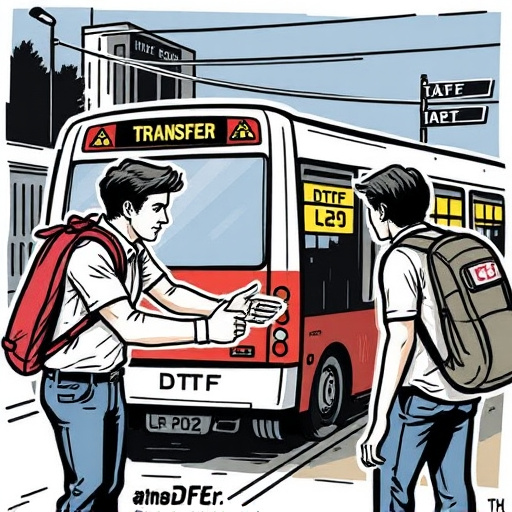
After successfully completing a Direct-to-Film (DTF) transfer, preserving your digital assets is crucial to maintain their quality and accessibility in the long term. Start by ensuring proper storage – use reliable external hard drives or cloud storage services designed for archival purposes. These options offer safety against hardware failures or data corruption. Organize your files with a clear naming convention, including dates and relevant details, making it easier to locate specific content when needed.
Regularly back up your digital assets is another essential step. Set up automated backups to prevent accidental data loss. Additionally, consider creating redundant copies and storing them in different locations or formats. For instance, keep one copy as a raw file for maximum flexibility, and another as a compressed version for easier sharing and storage. Lastly, stay updated with technology trends; new standards and formats emerge, ensuring your assets remain compatible and viewable for years to come.








